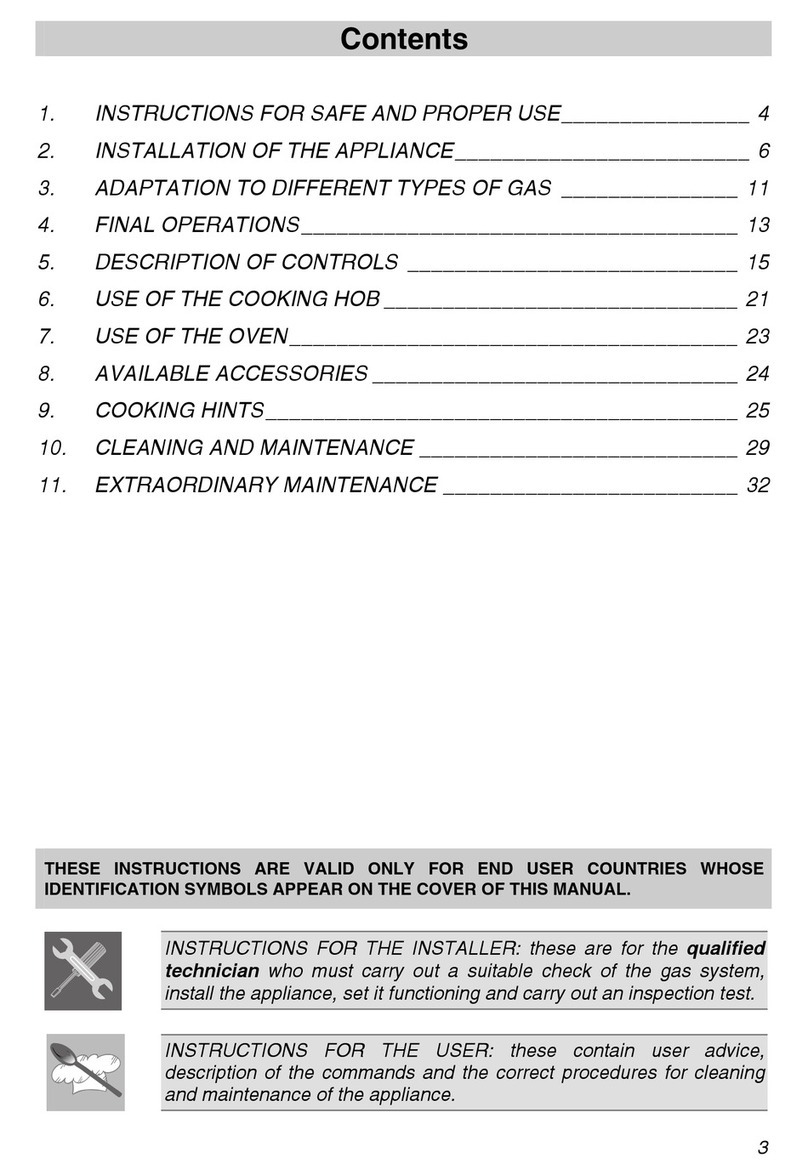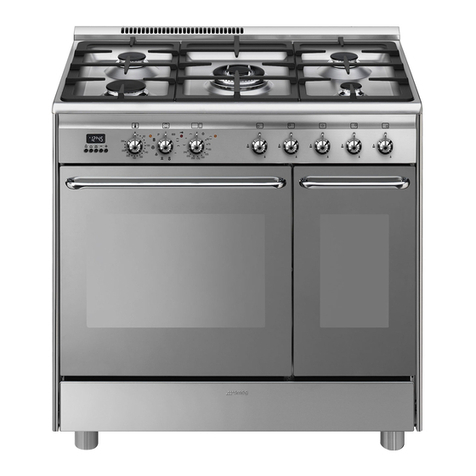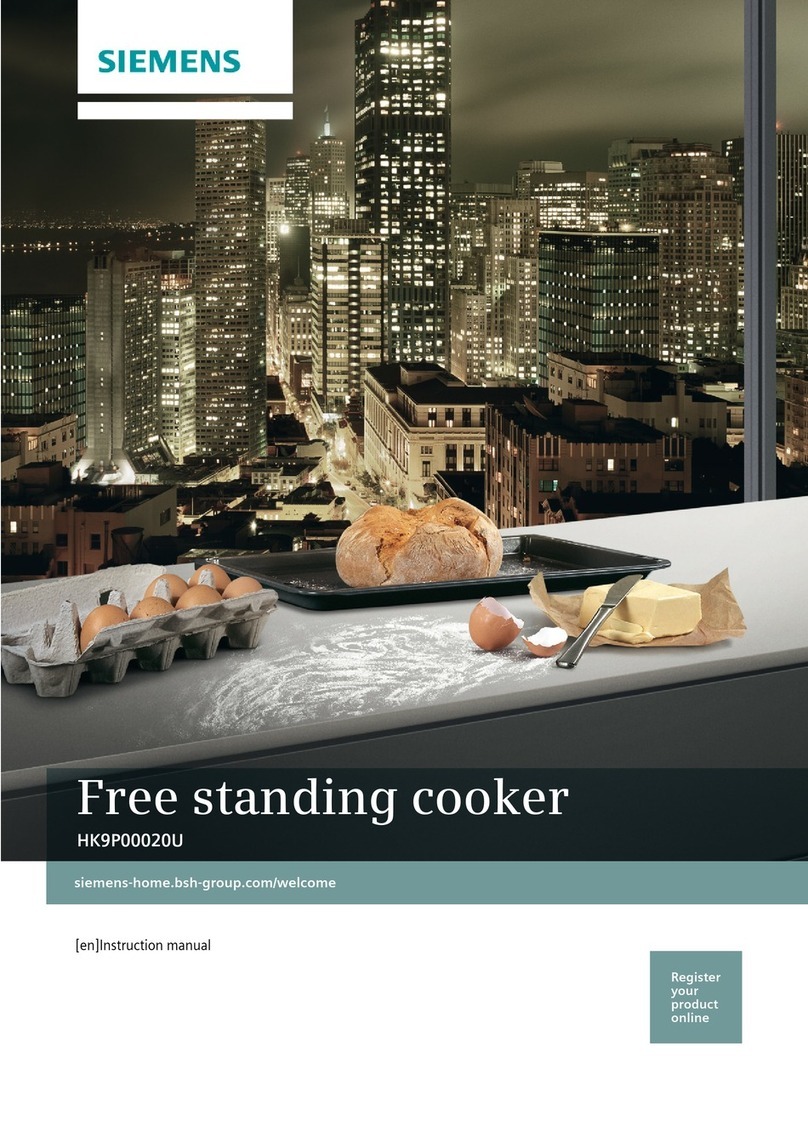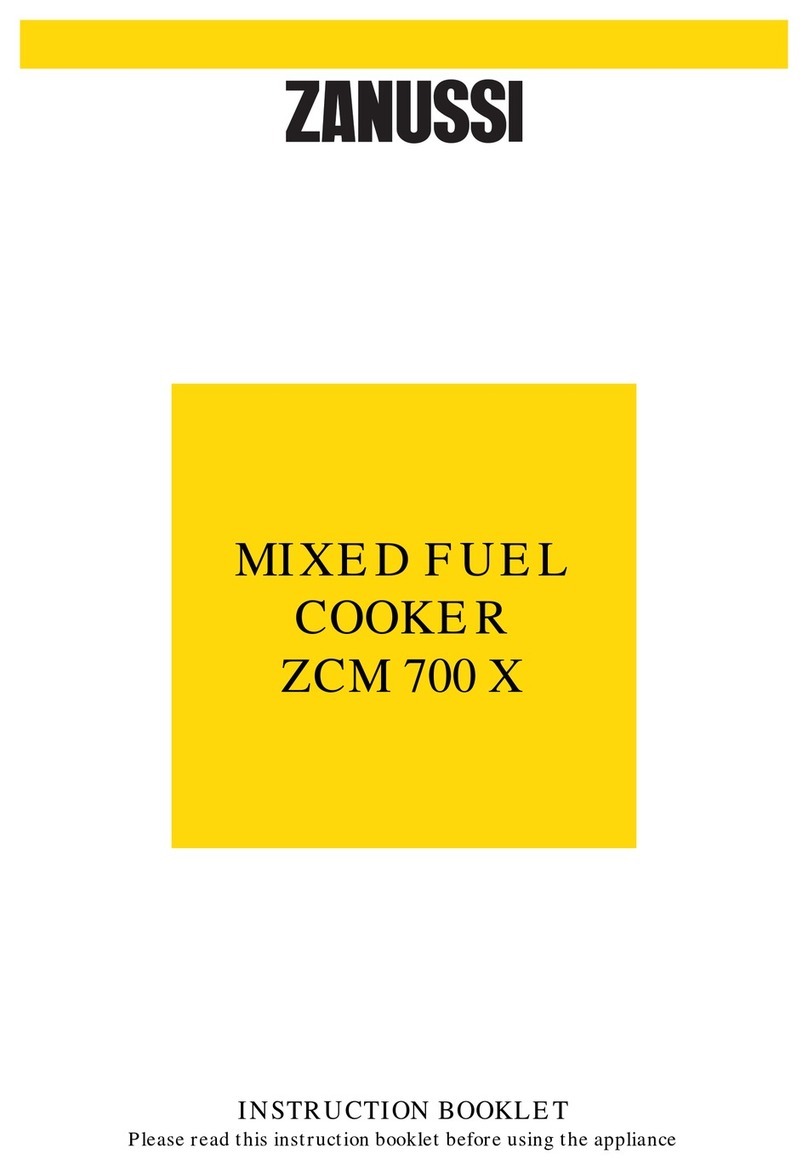Smeg Classica C95GPX9-1 User manual
Other Smeg Cooker manuals

Smeg
Smeg Victoria TR4110RW1 User manual

Smeg
Smeg A42C-2 User manual
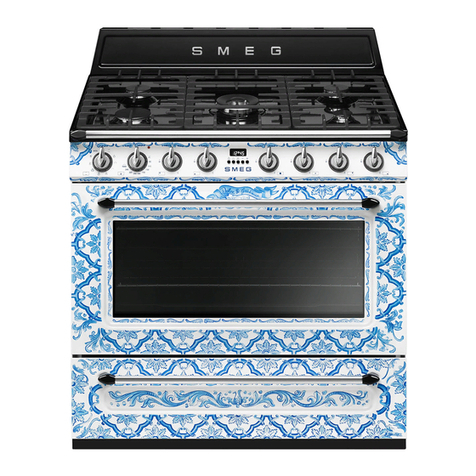
Smeg
Smeg Dolce&Gabbana Divina Cucina TRA90DGM9 User manual
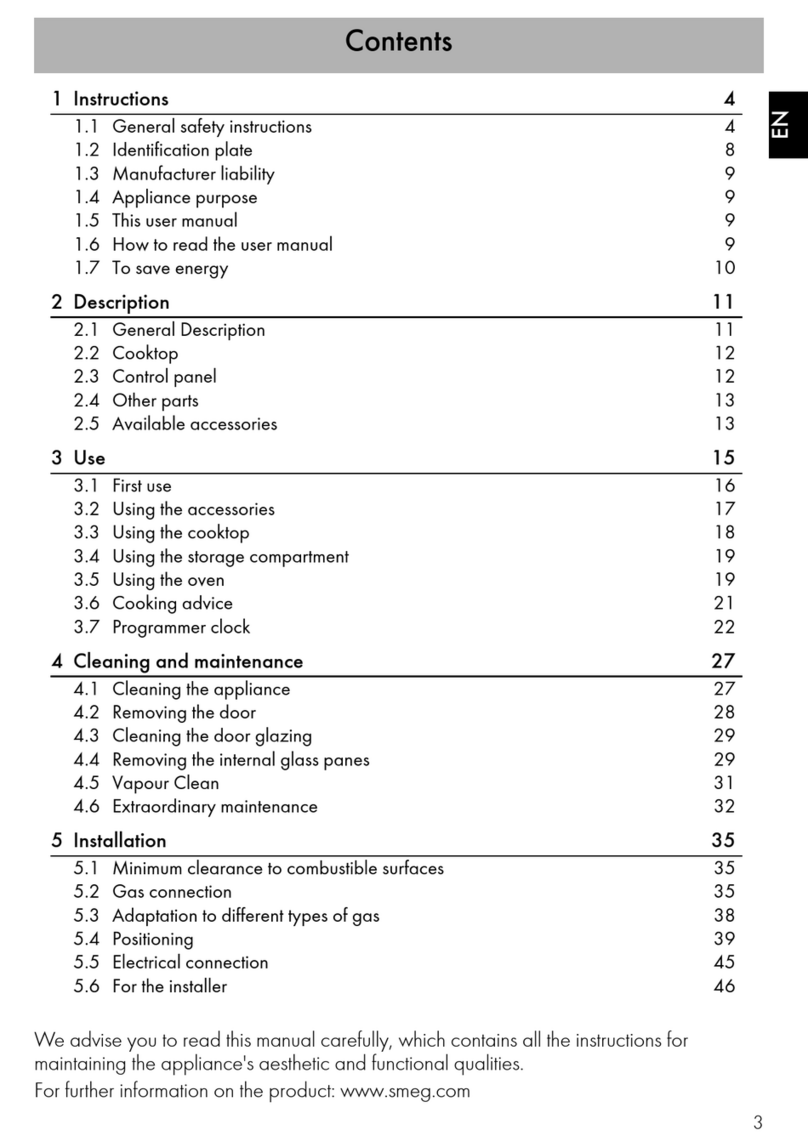
Smeg
Smeg FS9608AS-1 User manual
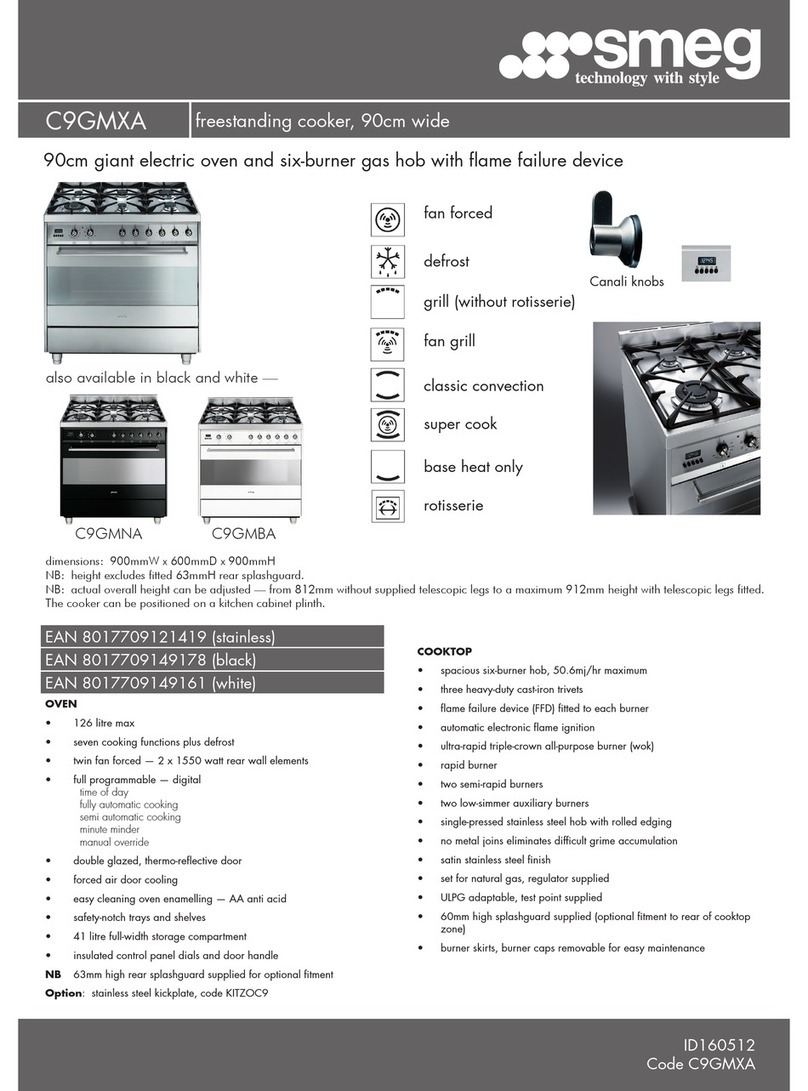
Smeg
Smeg C9GMXA User manual

Smeg
Smeg SCB91MCX9 User manual

Smeg
Smeg SCB60MX9 User manual

Smeg
Smeg A1C User manual

Smeg
Smeg CE6IMX User manual
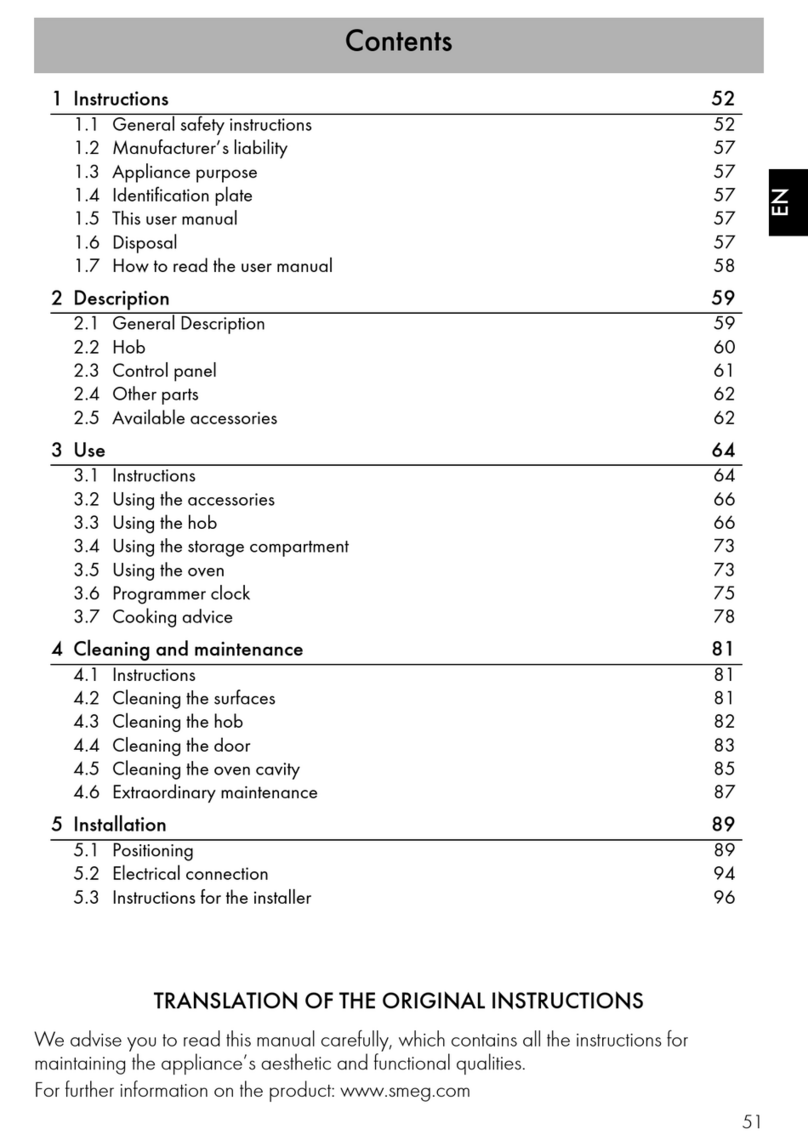
Smeg
Smeg Classica C6IMX9 User manual
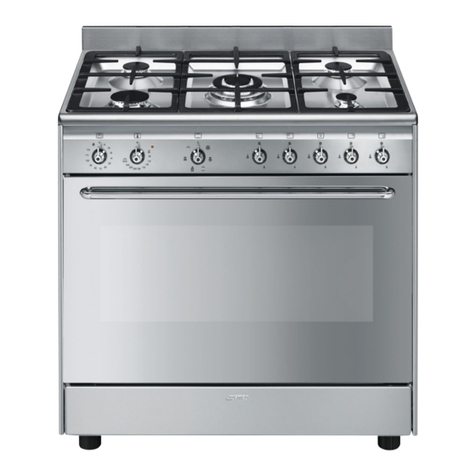
Smeg
Smeg FS9010XS User manual

Smeg
Smeg SY93BL User manual
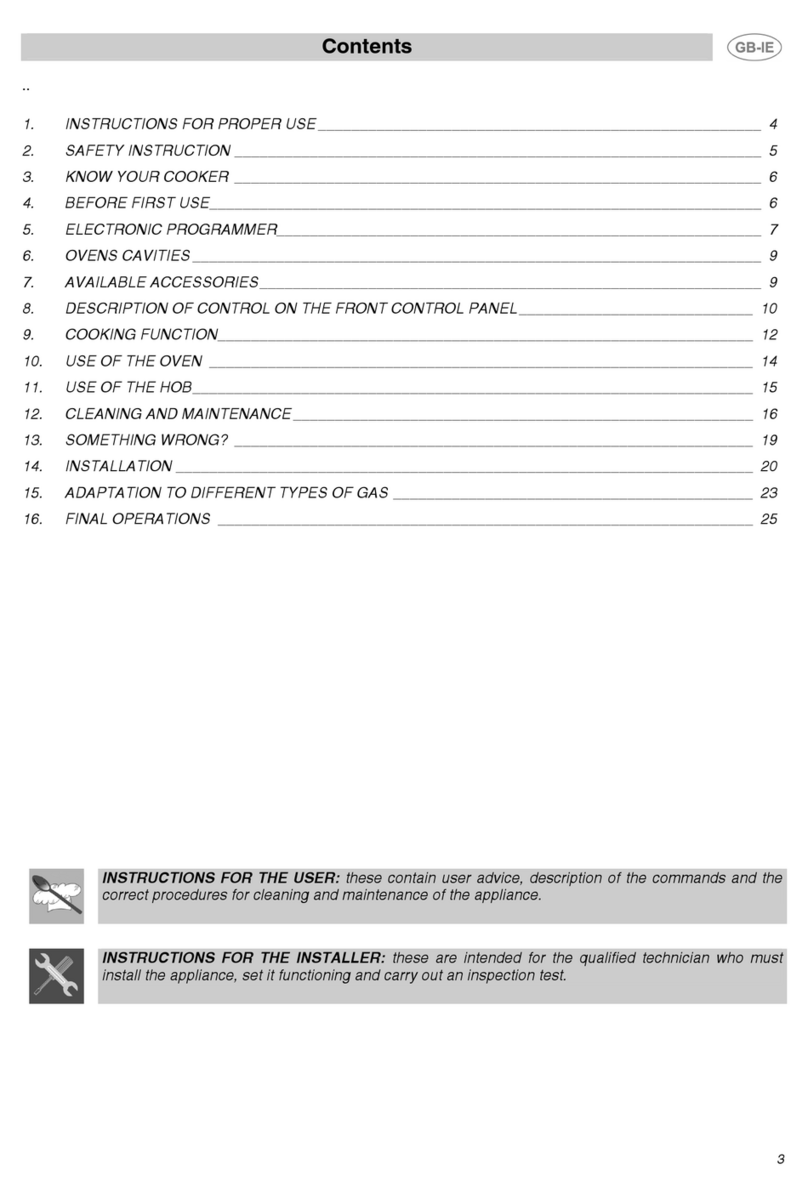
Smeg
Smeg CC62MFX5 User manual

Smeg
Smeg CPF120IGMPX User manual

Smeg
Smeg CE9CMXA User manual

Smeg
Smeg Classica Aesthetic SX91GM User manual

Smeg
Smeg SUK92MX9 User manual
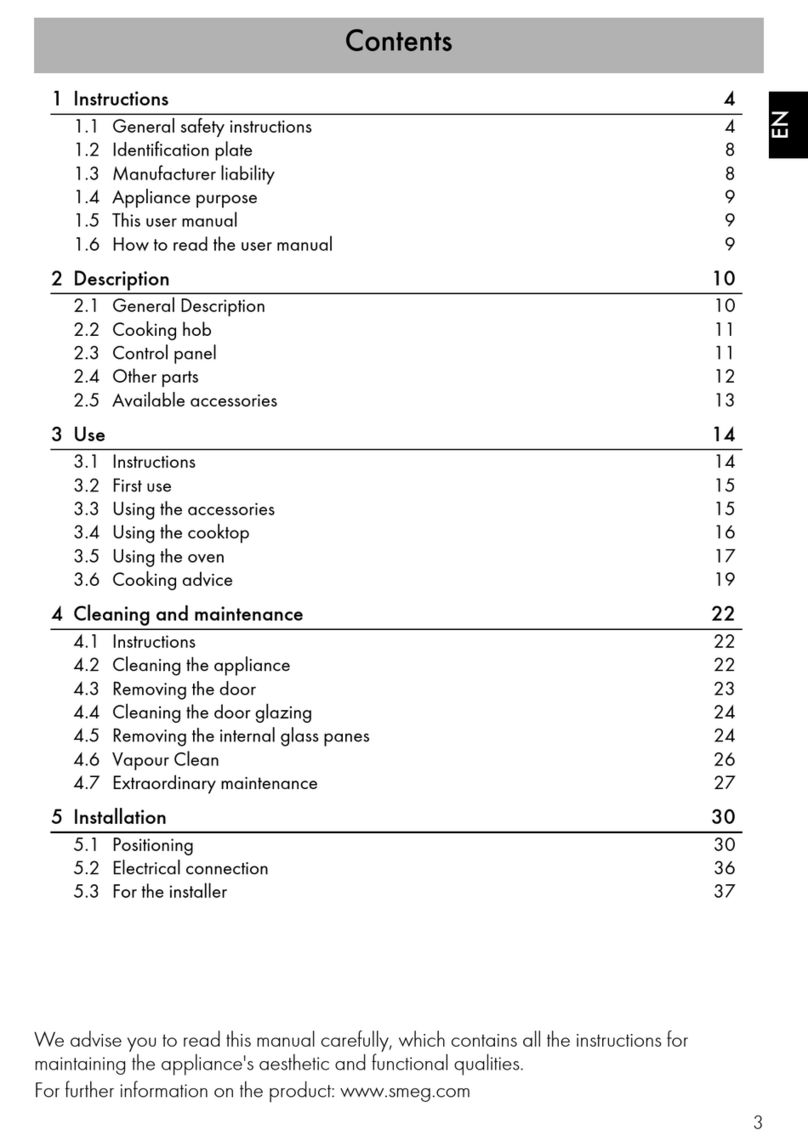
Smeg
Smeg FS9010CER-1 User manual

Smeg
Smeg SYD4110-1 User manual
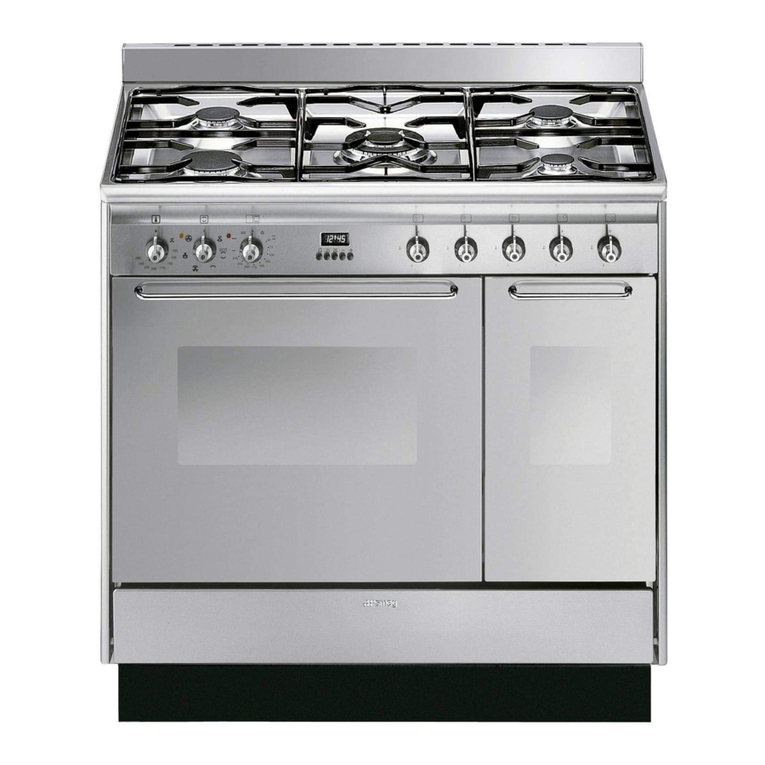
Smeg
Smeg A3 Instruction Manual
Popular Cooker manuals by other brands

RiverGrille
RiverGrille TF2002501-RG Assembly instruction

Vollrath
Vollrath 69504F Operator's manual
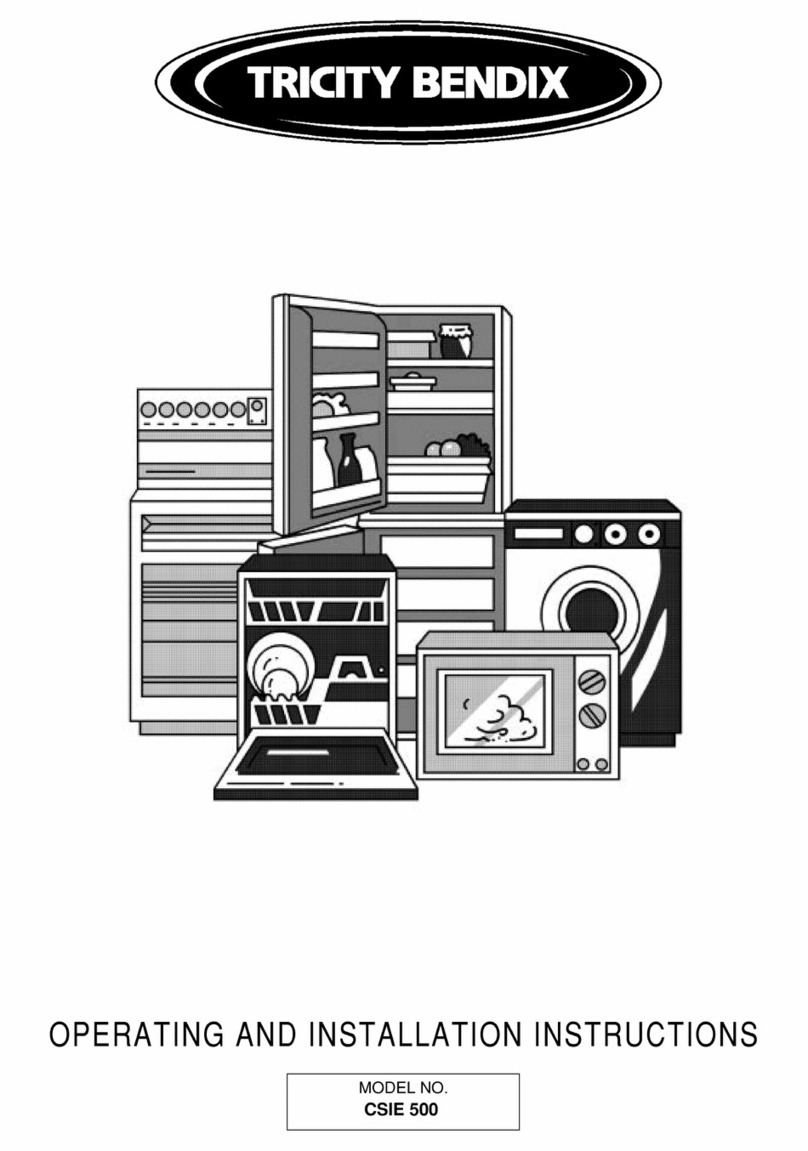
Tricity Bendix
Tricity Bendix CSIE500 Operating and installation instructions
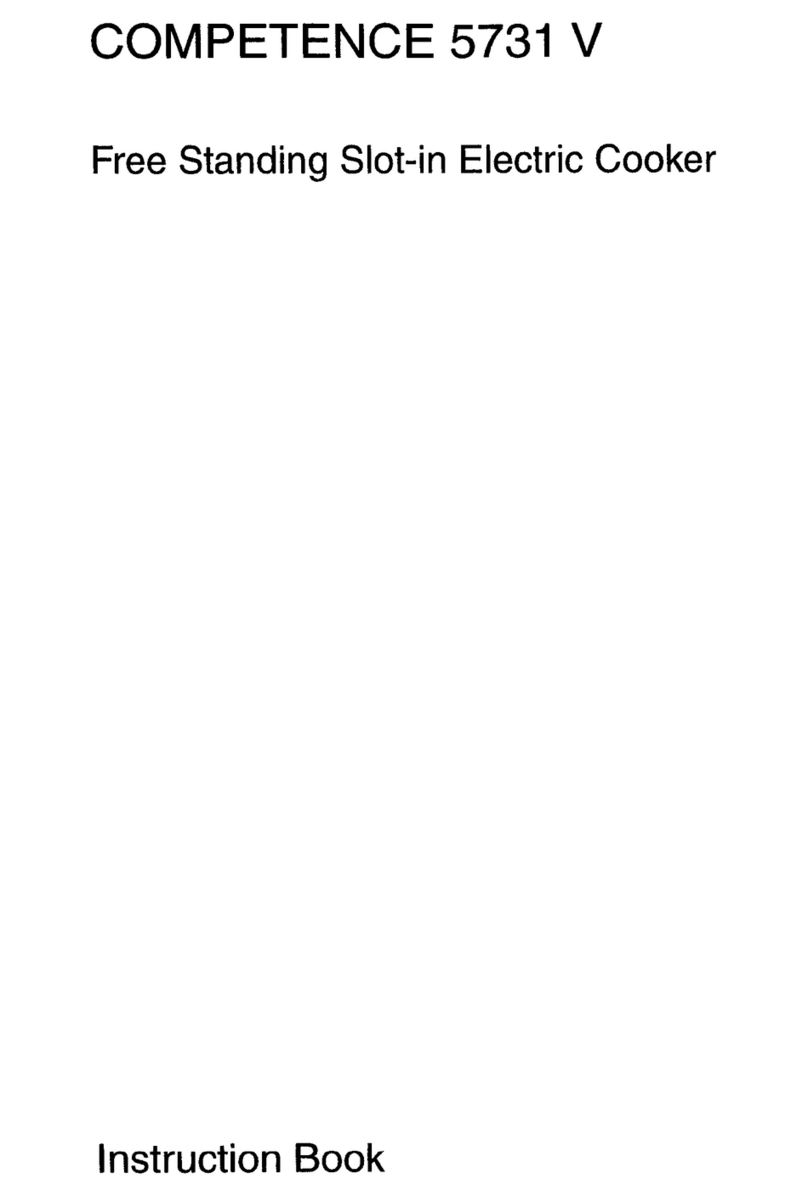
AEG
AEG Competence 5731 V Instruction book

Euromaid
Euromaid ES60 Installation and operation manual

Hotpoint
Hotpoint HUI 62 TP Instructions for installation and use


